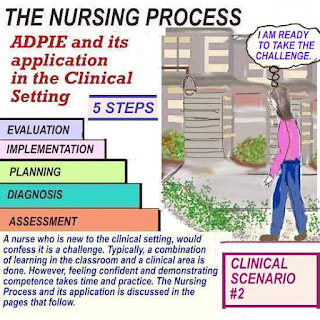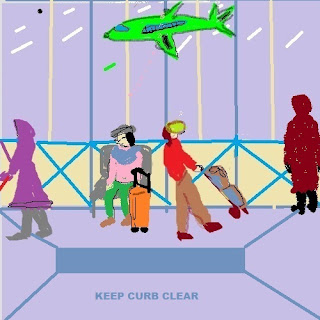UNDERSTANDING NARCOTIC USES AND SIDE EFFECTS
Narcotic uses
Narcotics are controlled substances that are frequently
used in the clinical setting. They may be used for reasons
such as pain control, as anesthesia, pain control and more.
Commonly used narcotics include: Morphine, Oxycodone,
Fentanyl and Hydromorphone. It is important for the nurse
to be aware of the side effects, when administering these
types of drugs.
Side effects include: lethargy, hypotension, nausea, vomiting,
mental confusion or hallucinations. It is also necessary for the
nurse to document pain scales and reaction to medication given.
Medication is frequently given in a healthcare facility.
When the doctor orders medication, different routes
of administration may be used.
Drugs may be given through different routes:
- orally, by inhalation, sublingually ( under
the tongue)
- by injection in the muscle( IM), subcutaneously( SQ)
or intravenously ( IV or IV infusion).
Medication errors should be avoided at all costs.
In the image above, Nancy requested a pain shot.
The nurse did not read the doctor's order correctly
and drew up 5.0mg of the medication, instead of
0.5mg.
It is extremely important to pay close attention to the
placement of the decimal point.
I





%20(1)%20(2)%20(1).jpg)



















